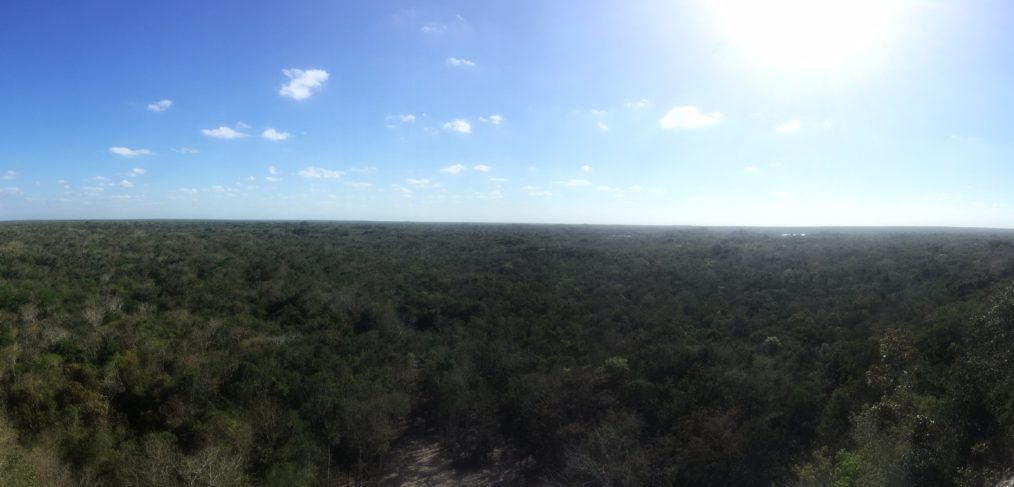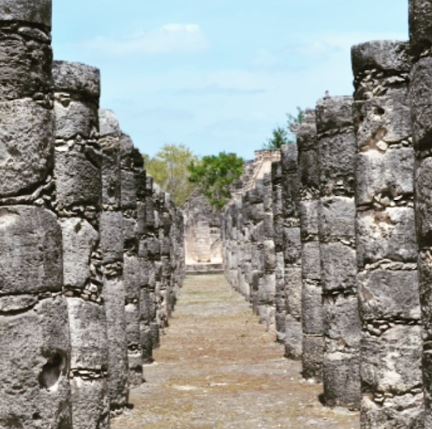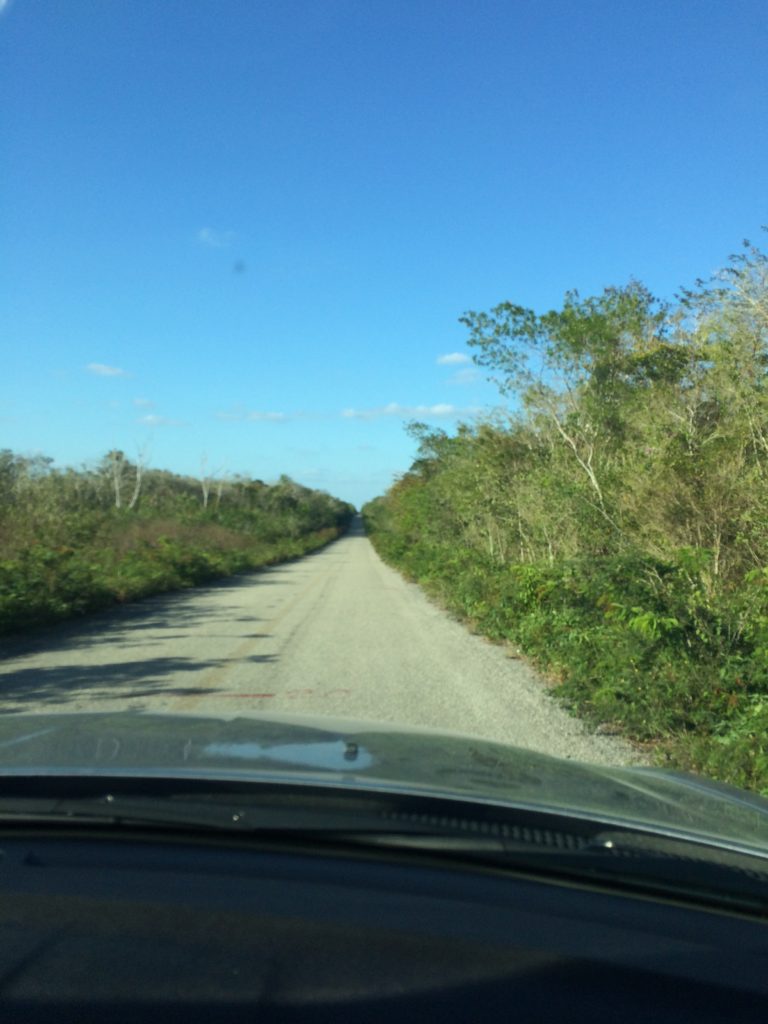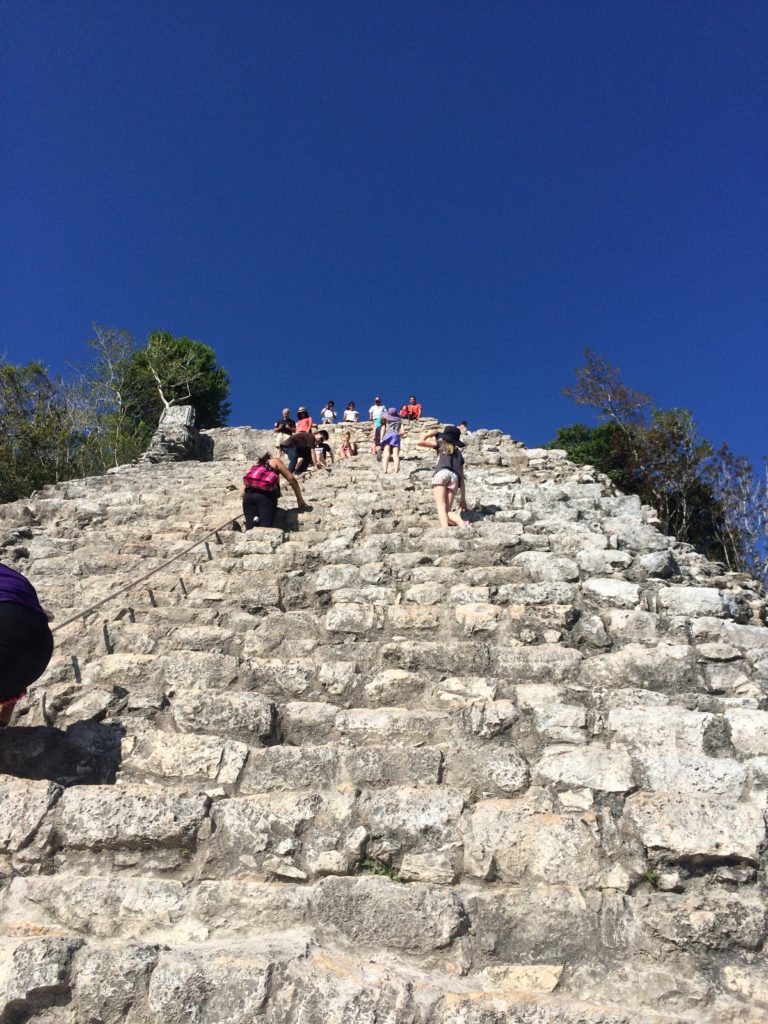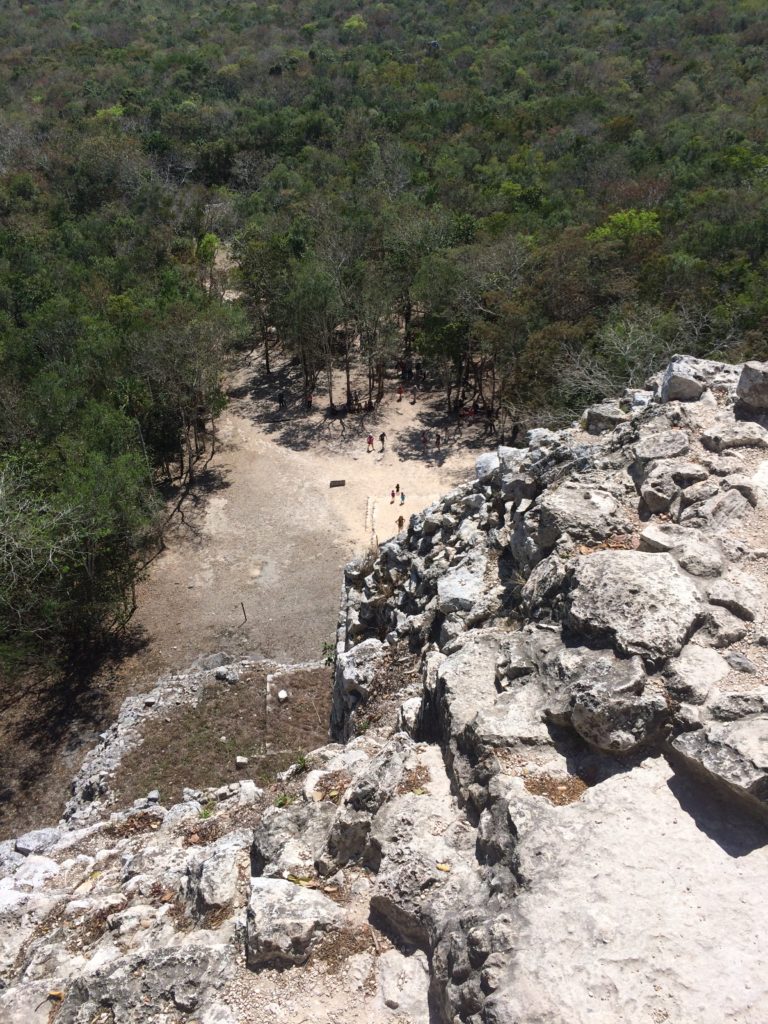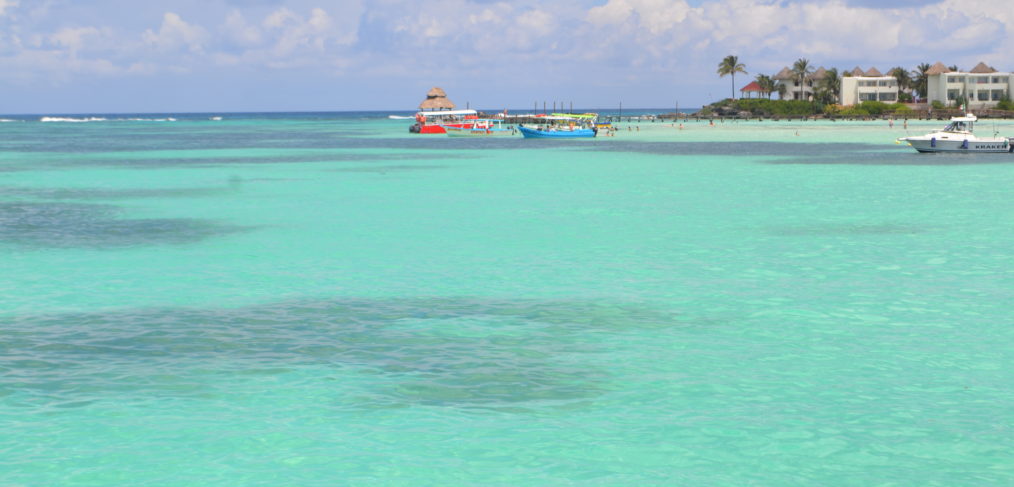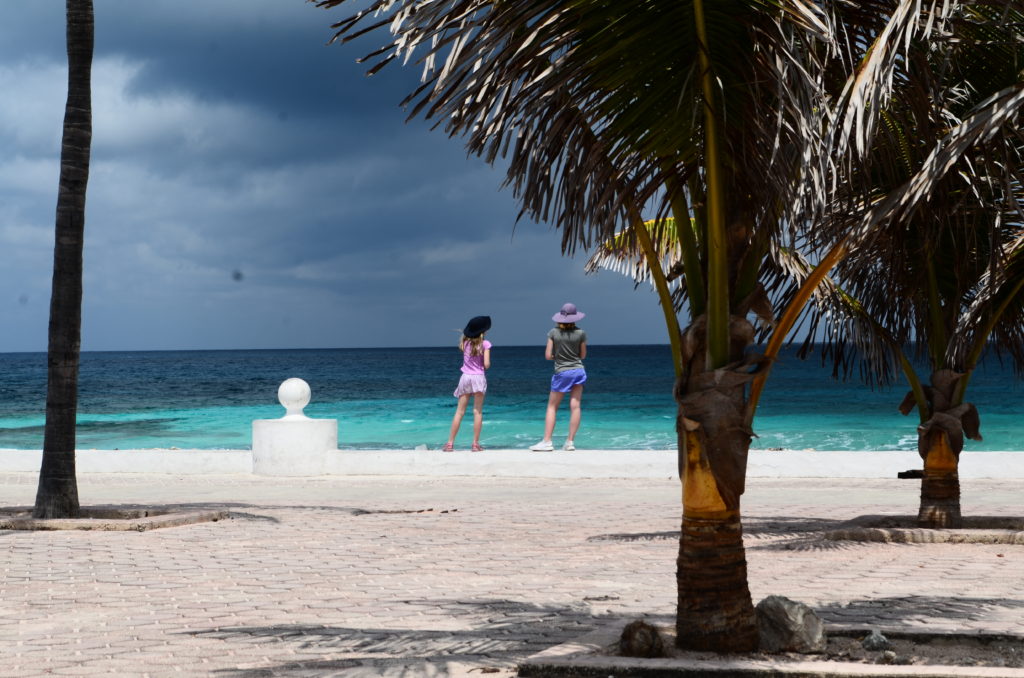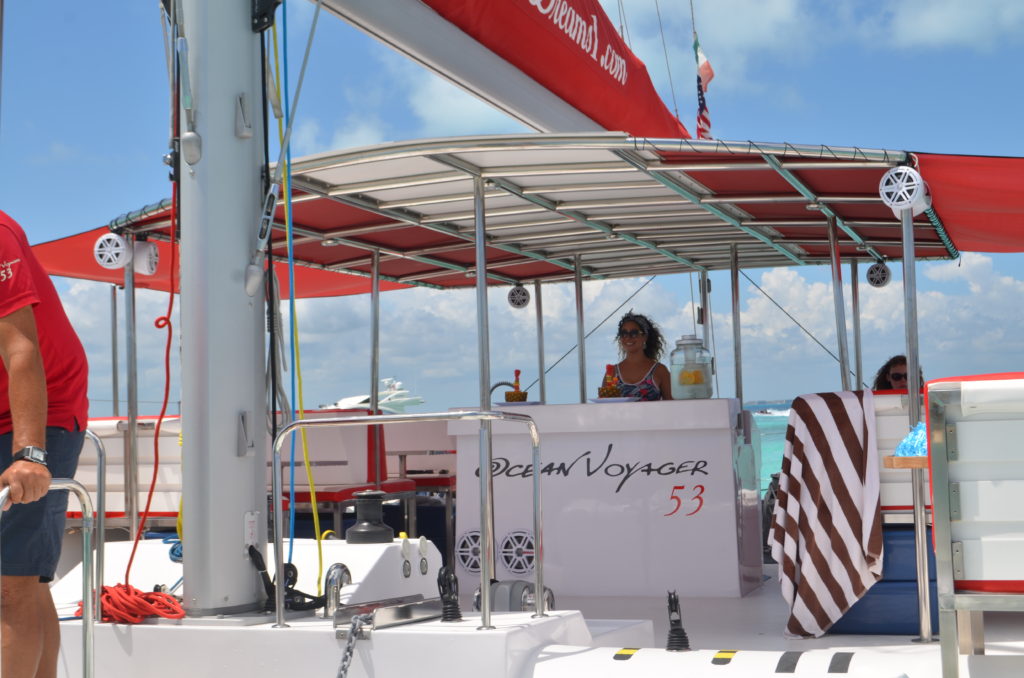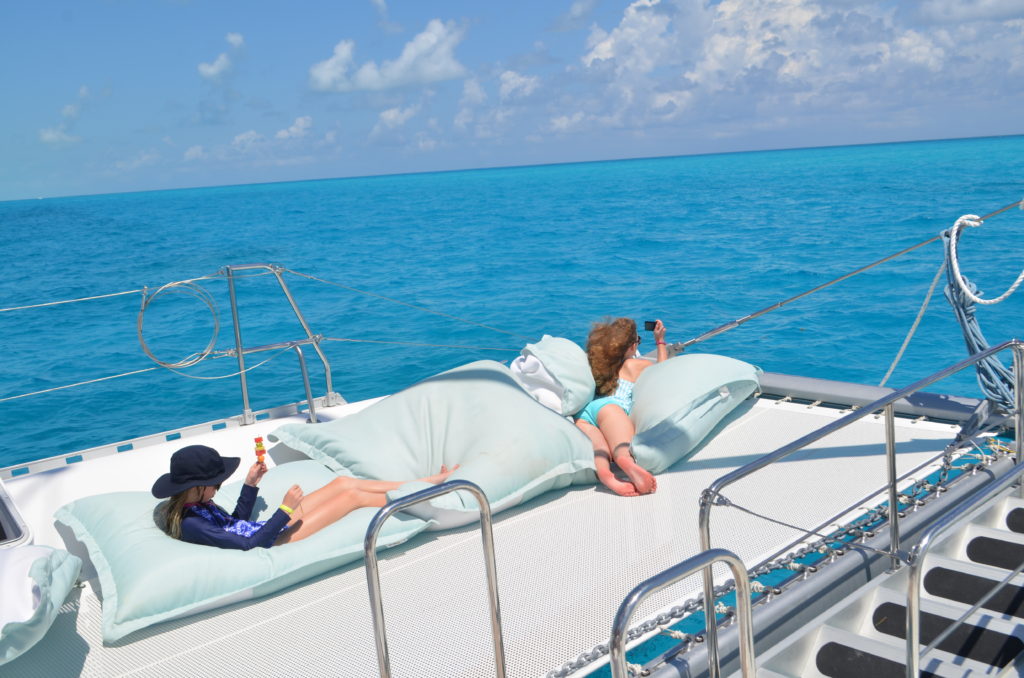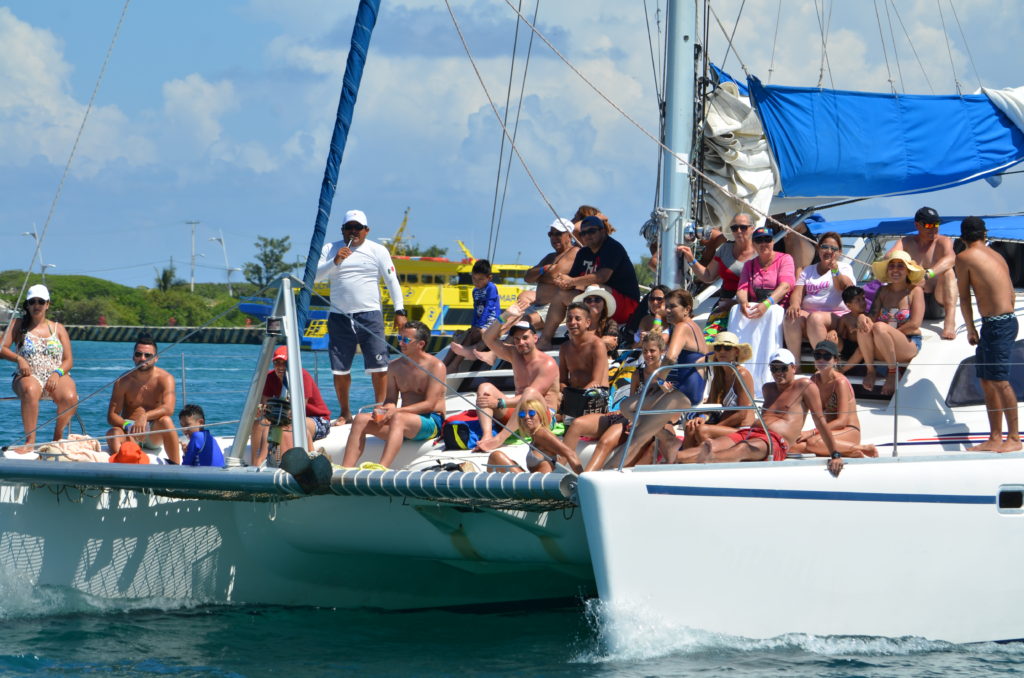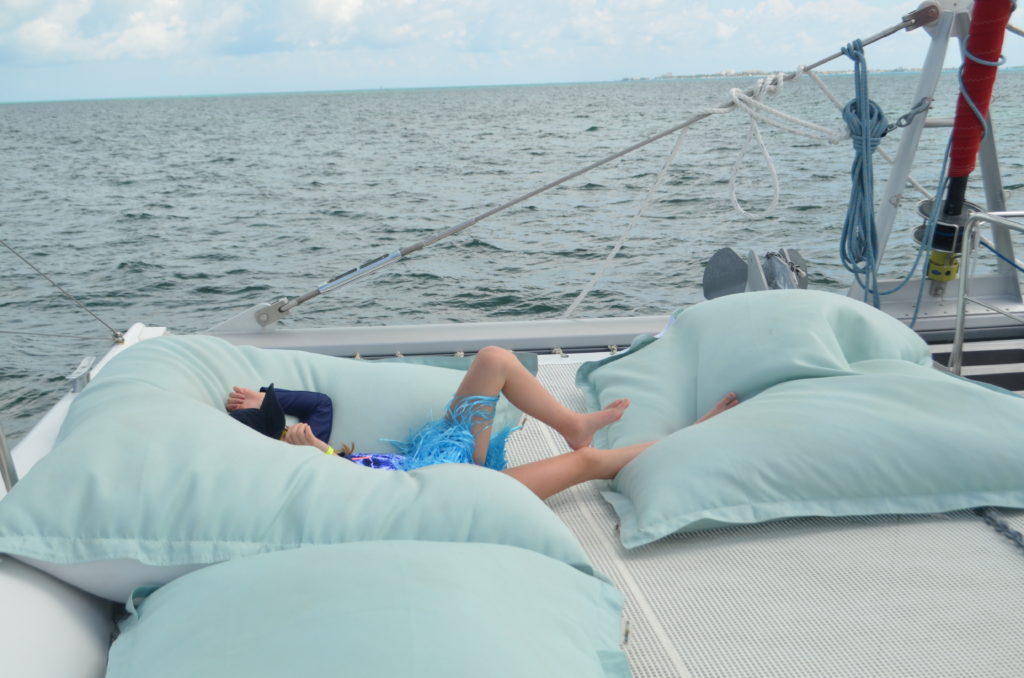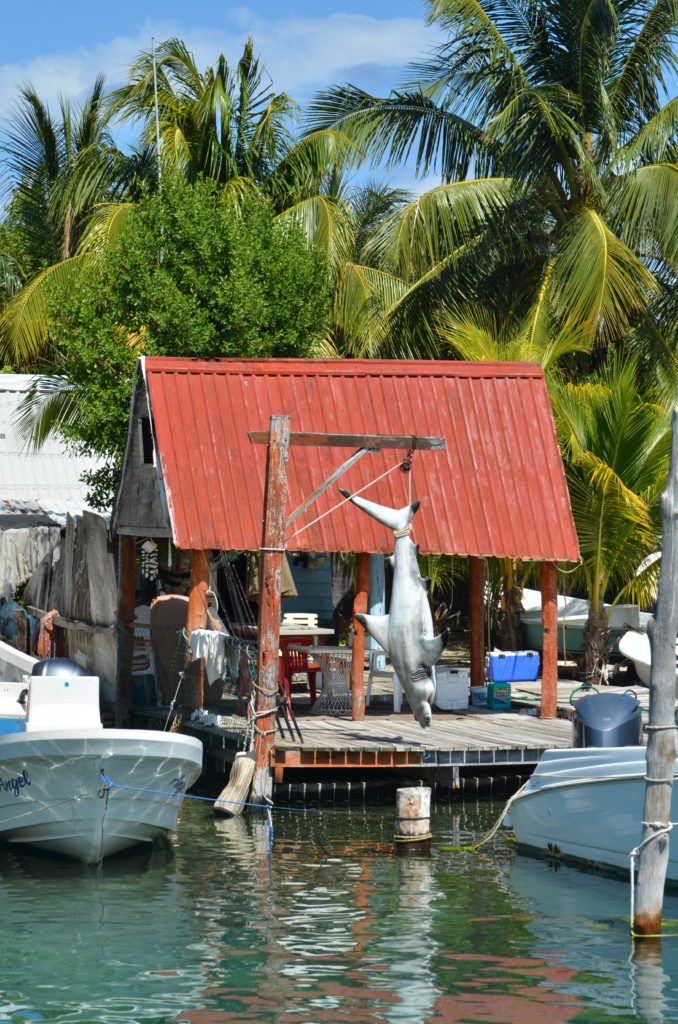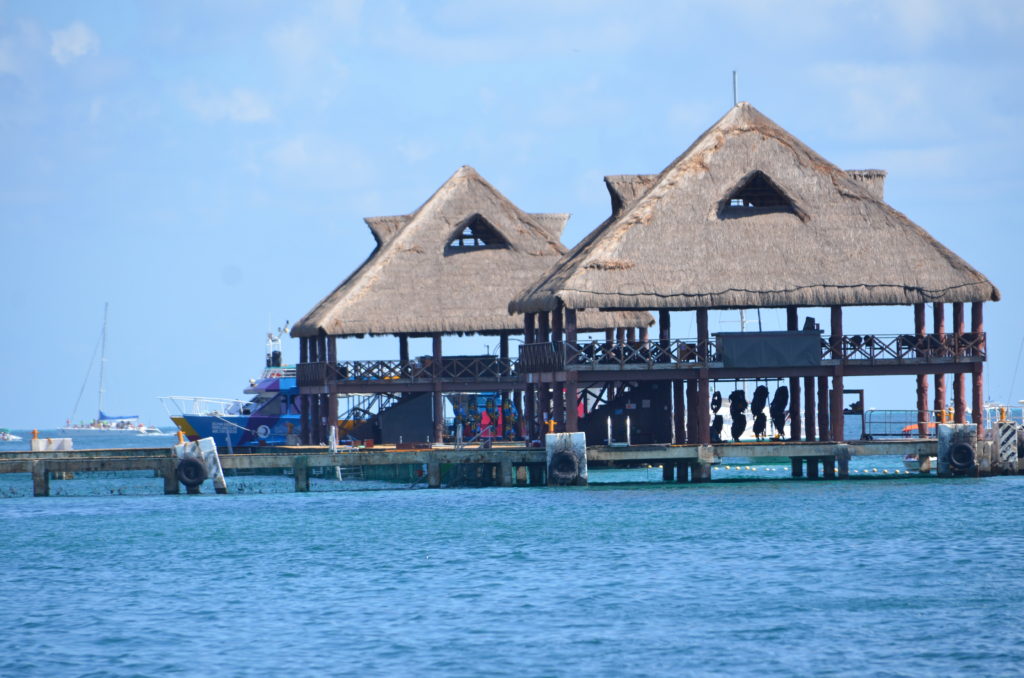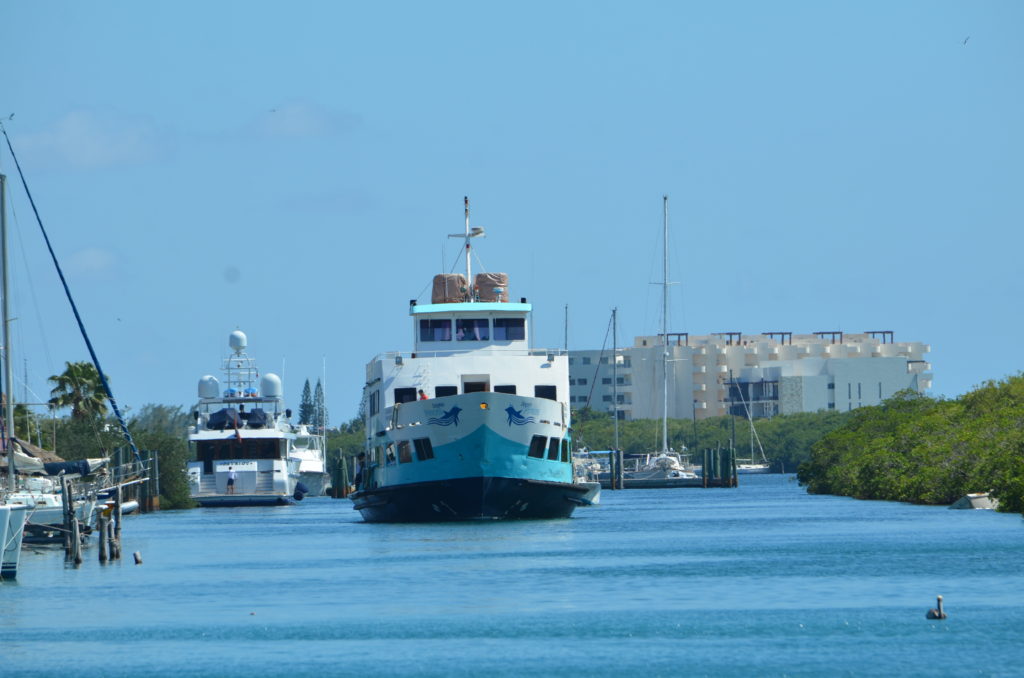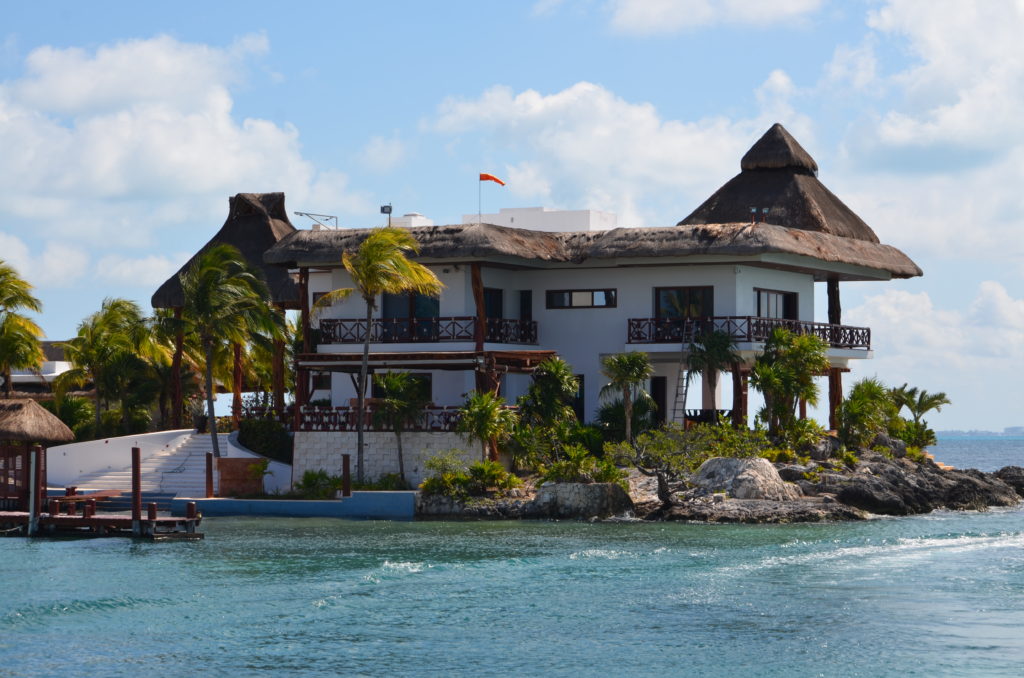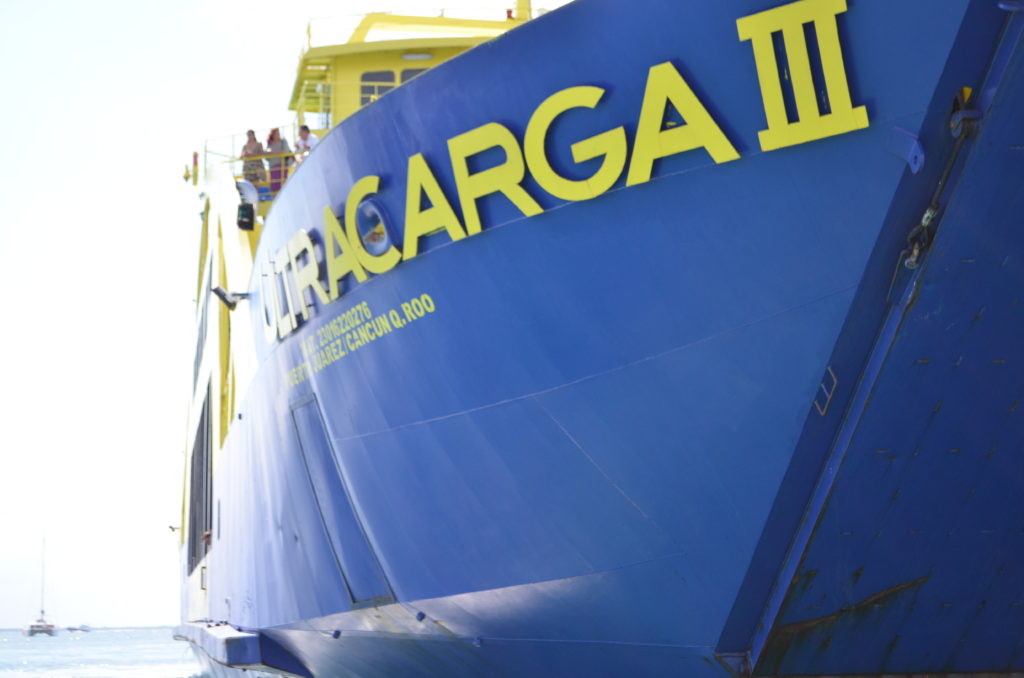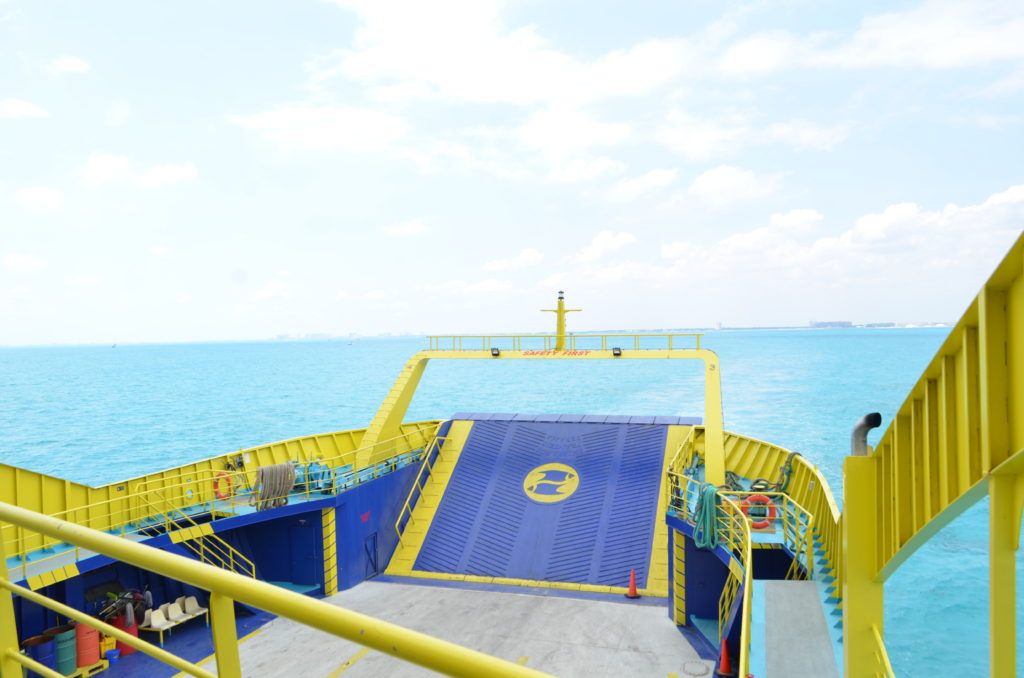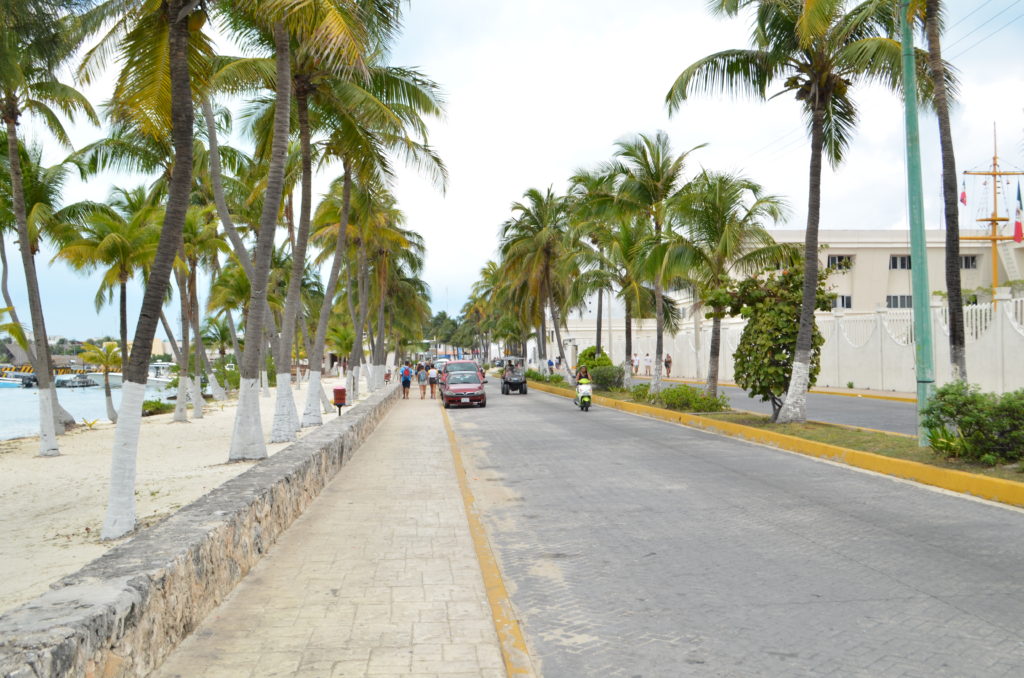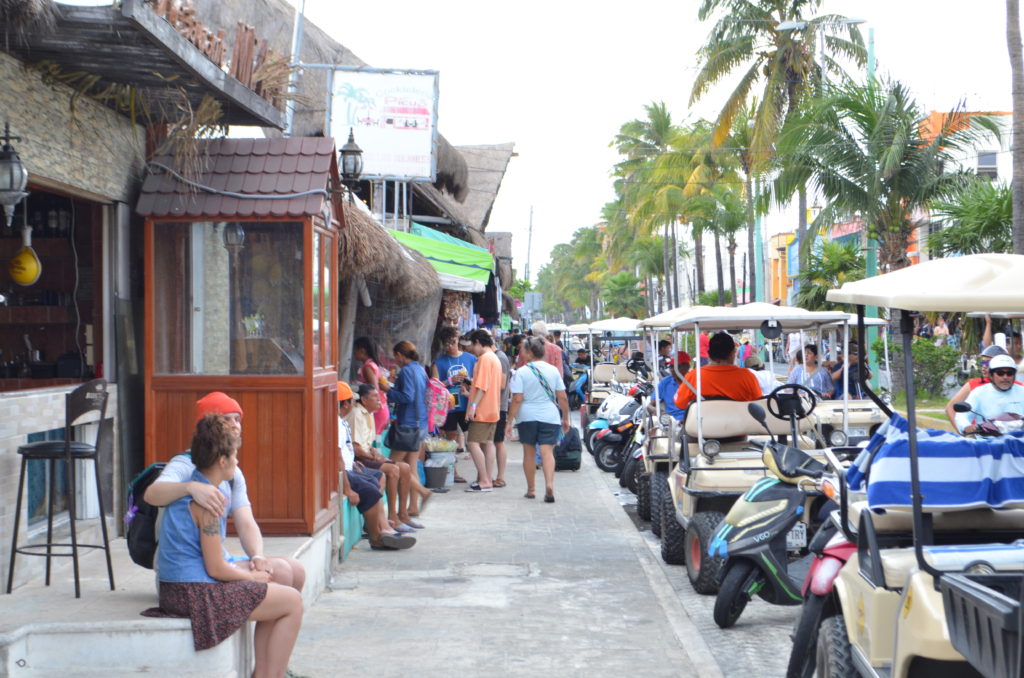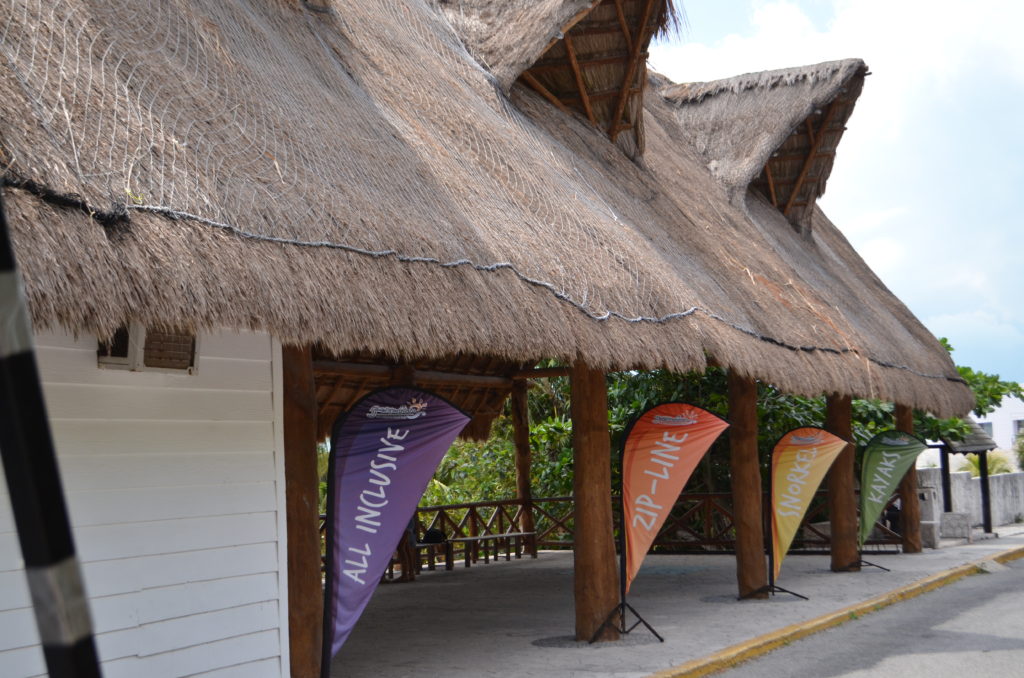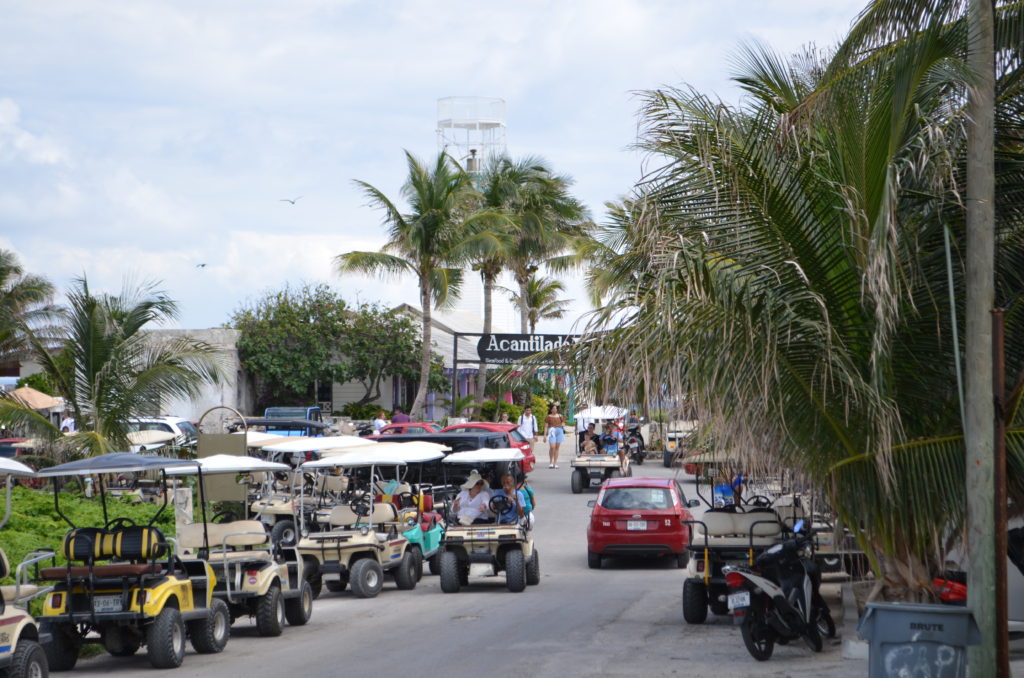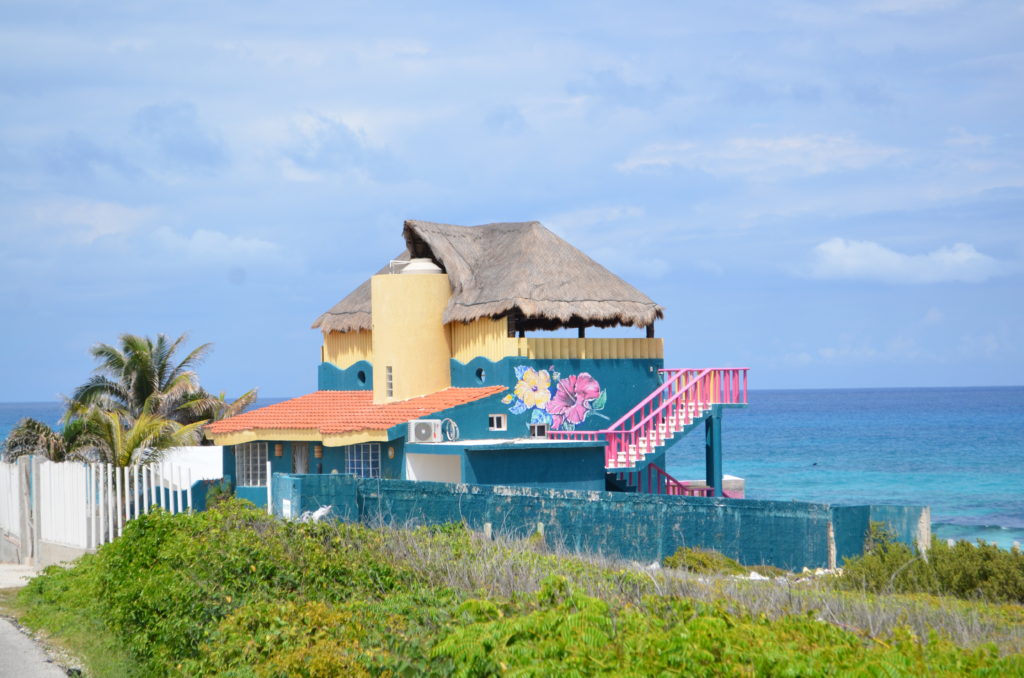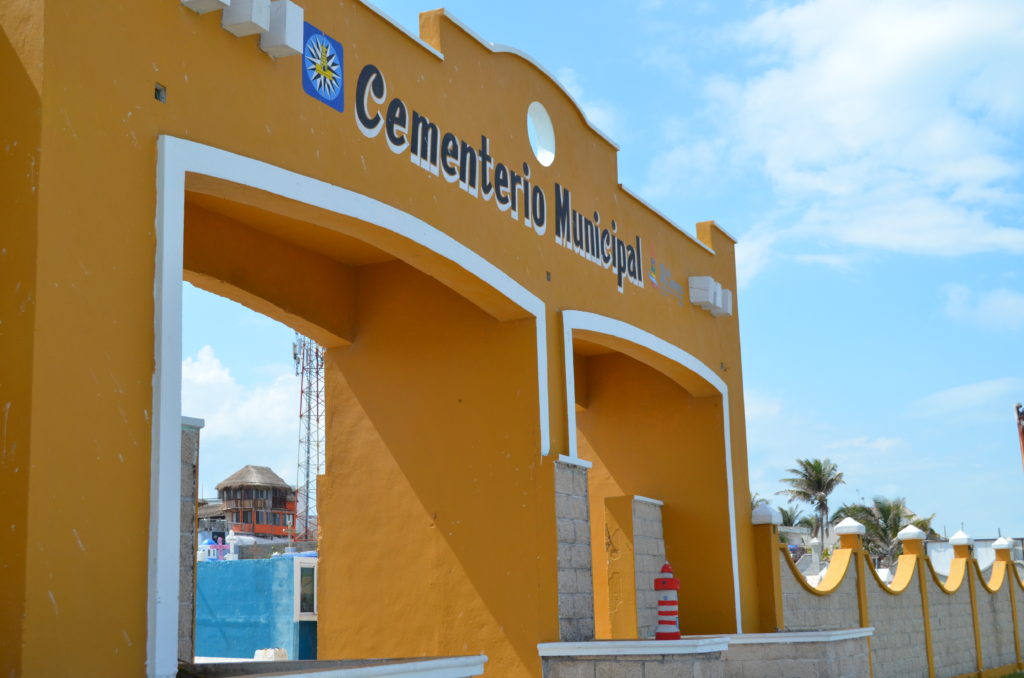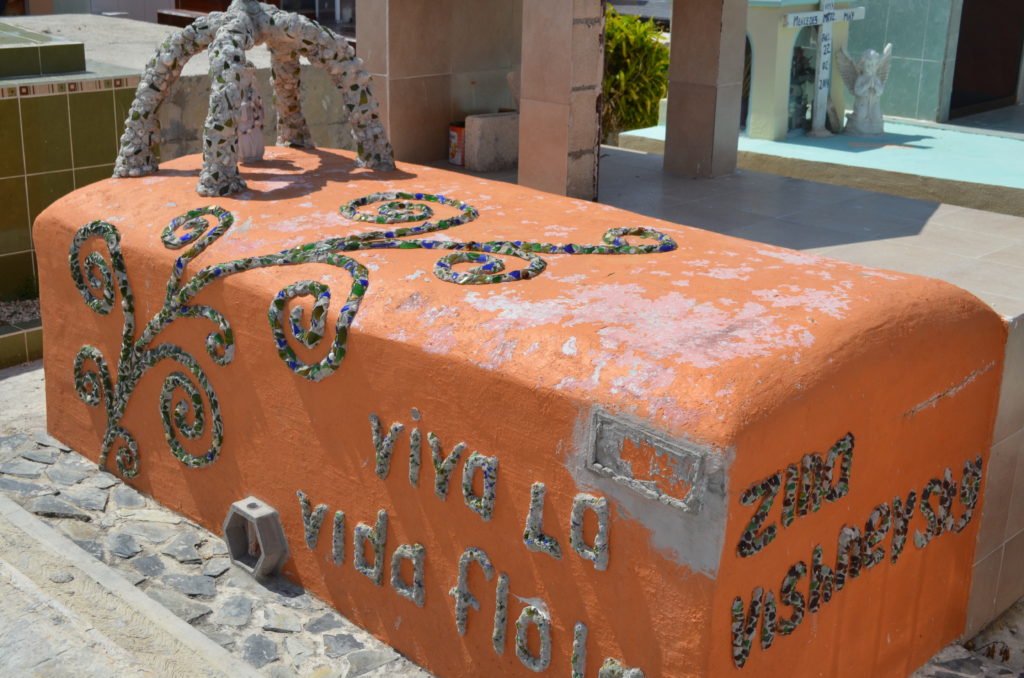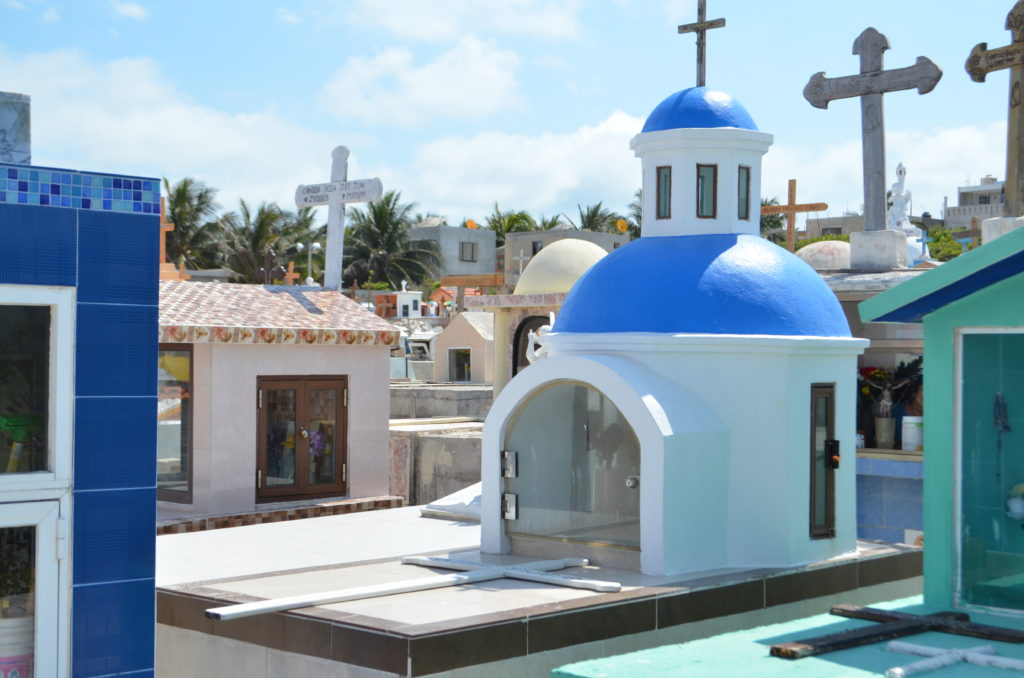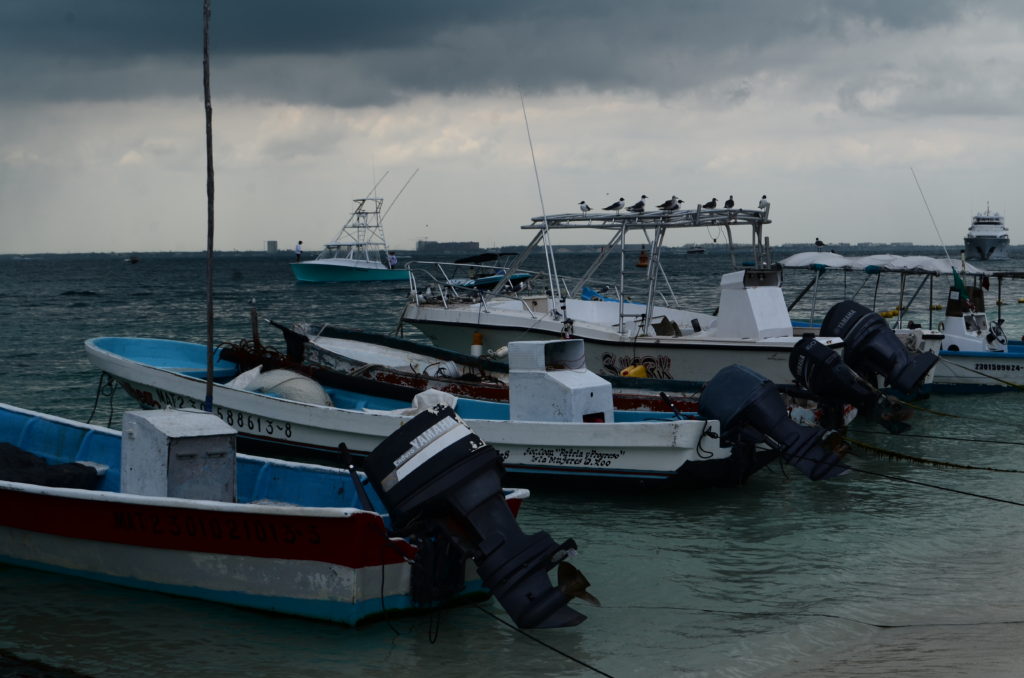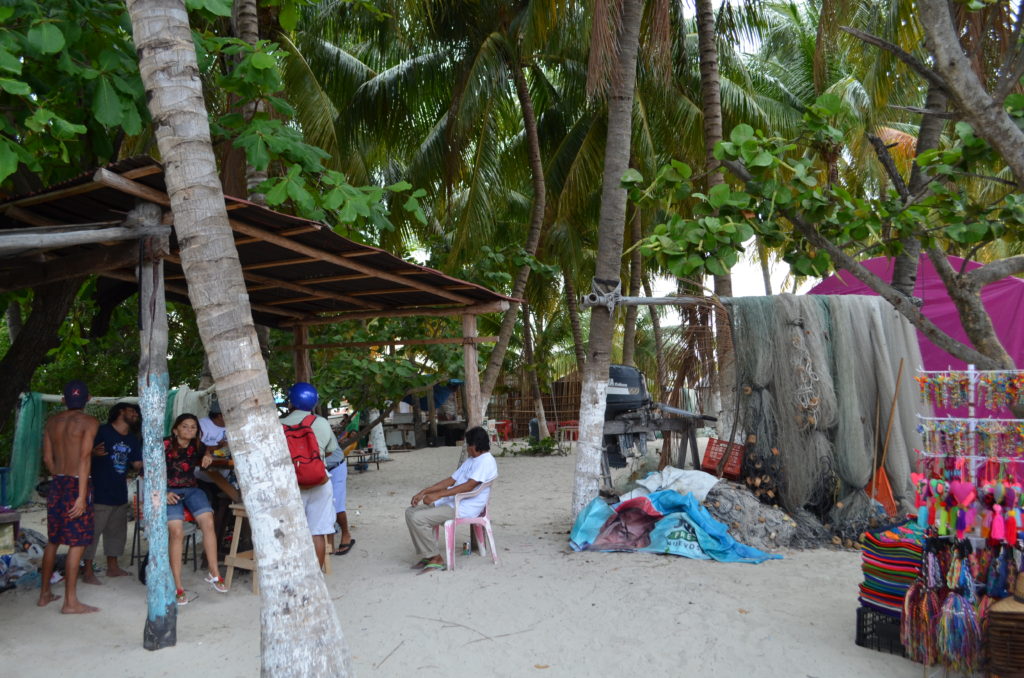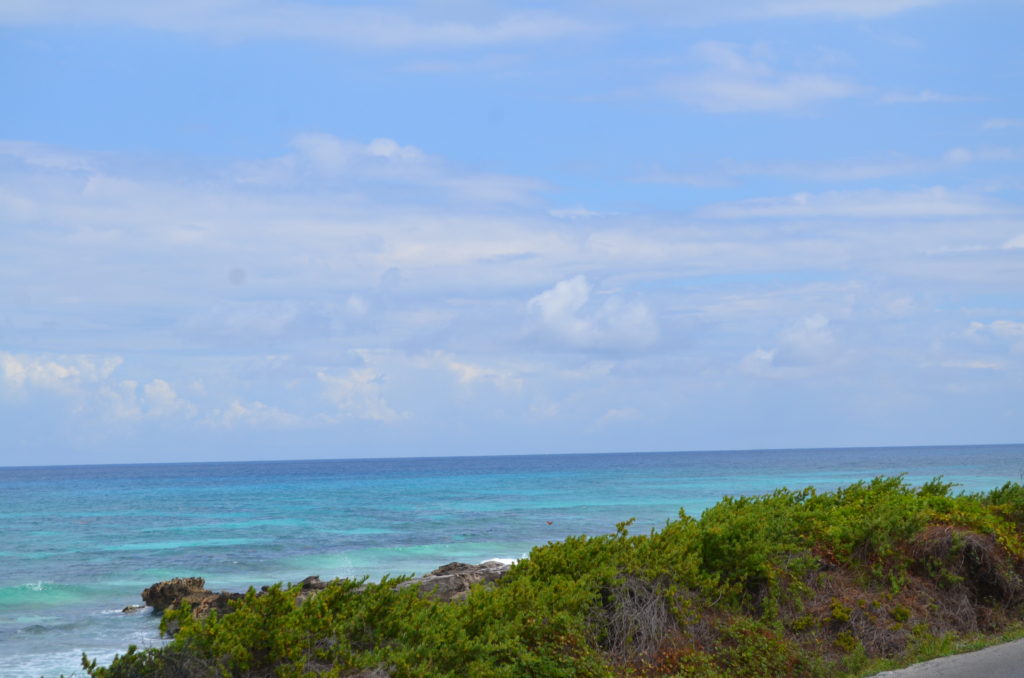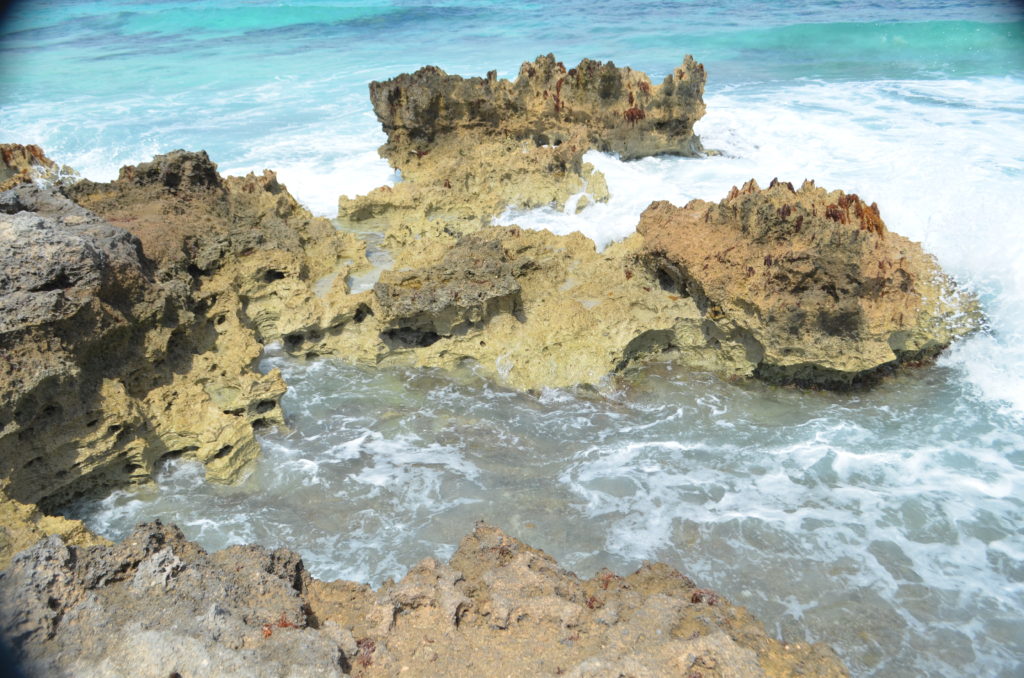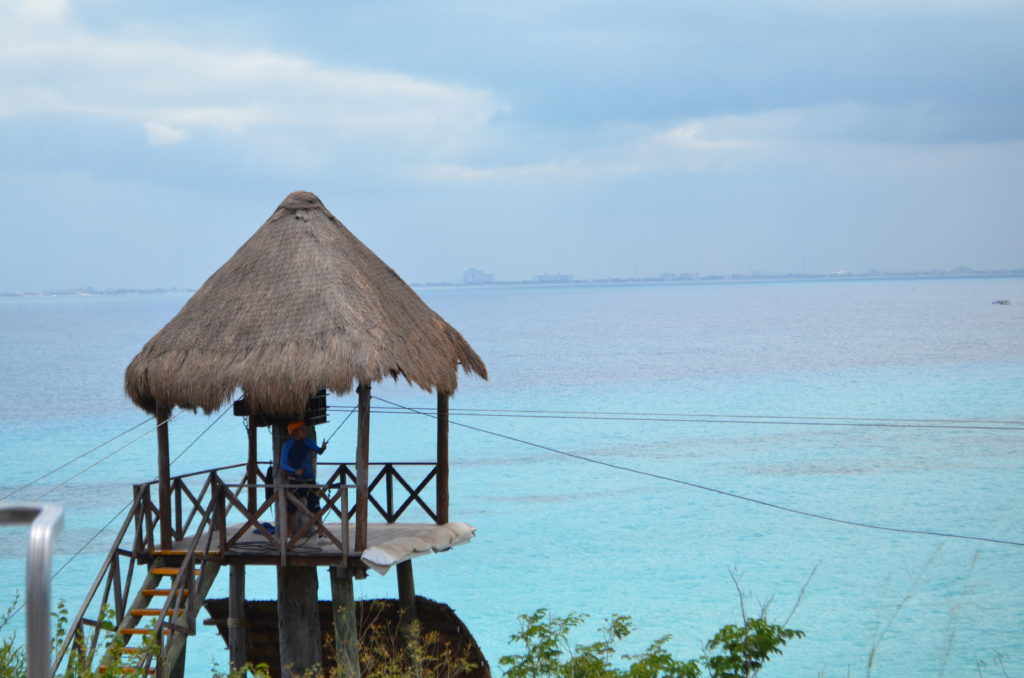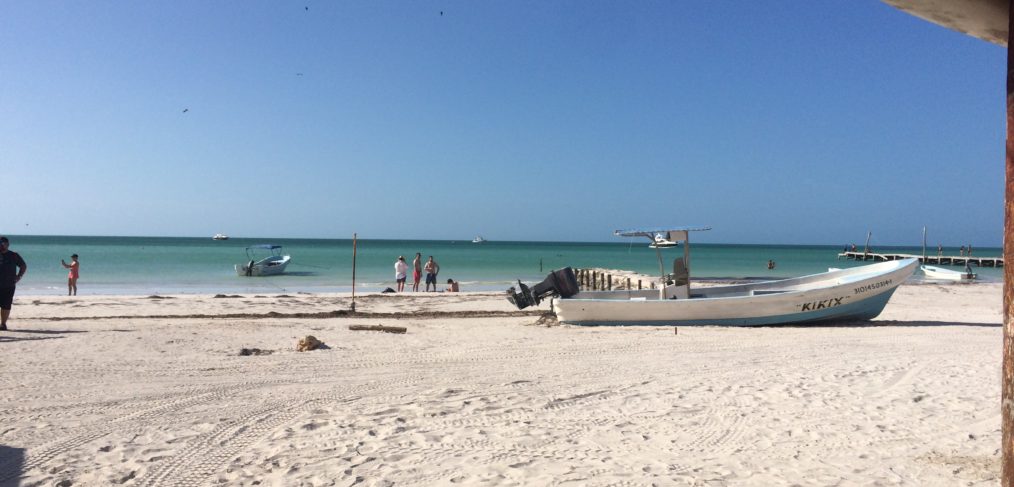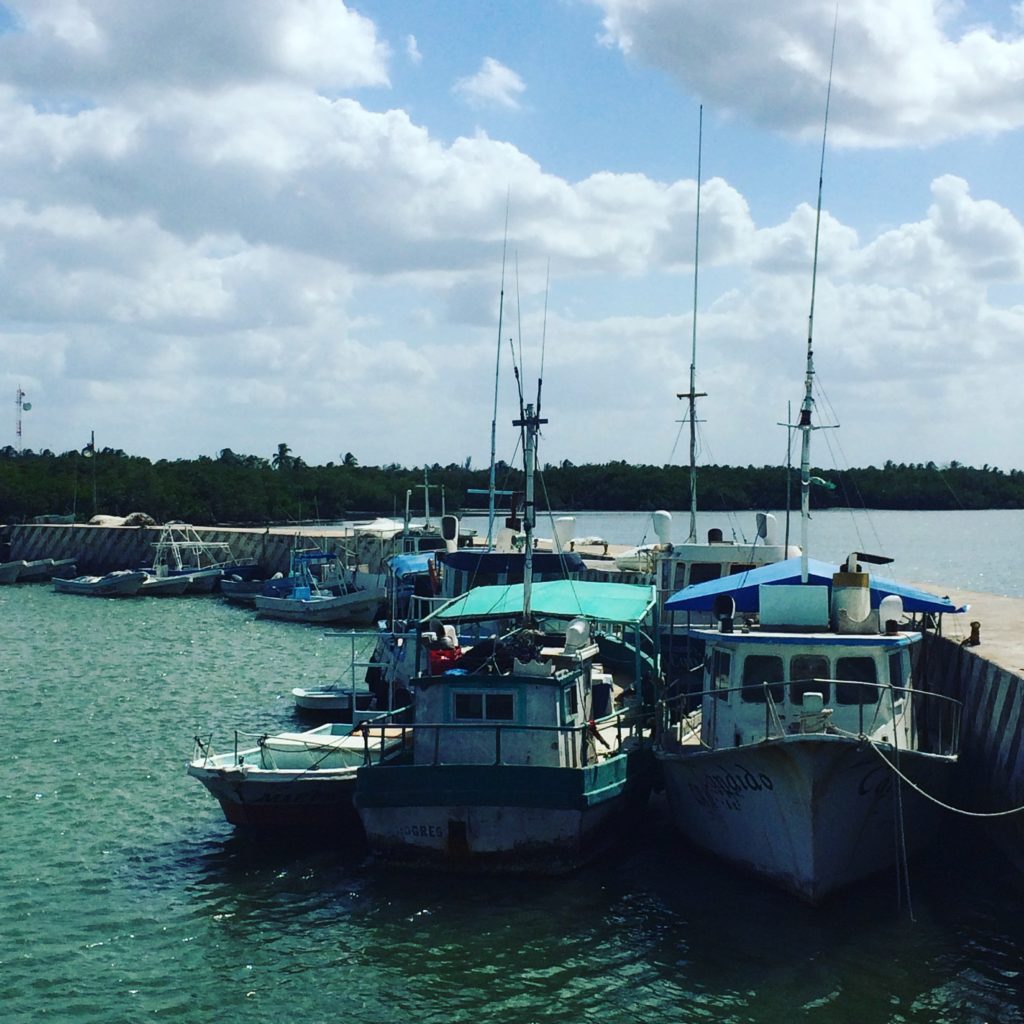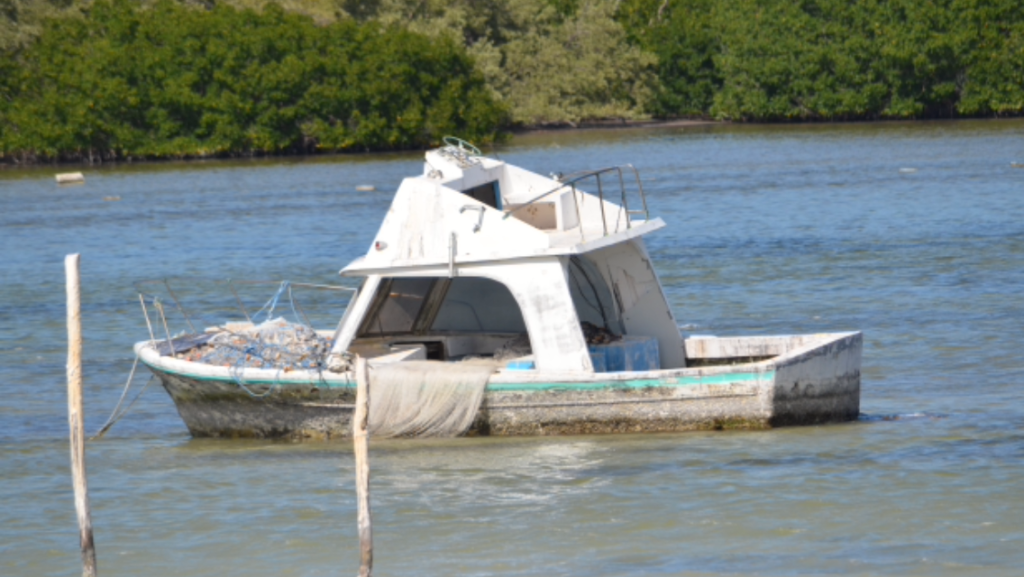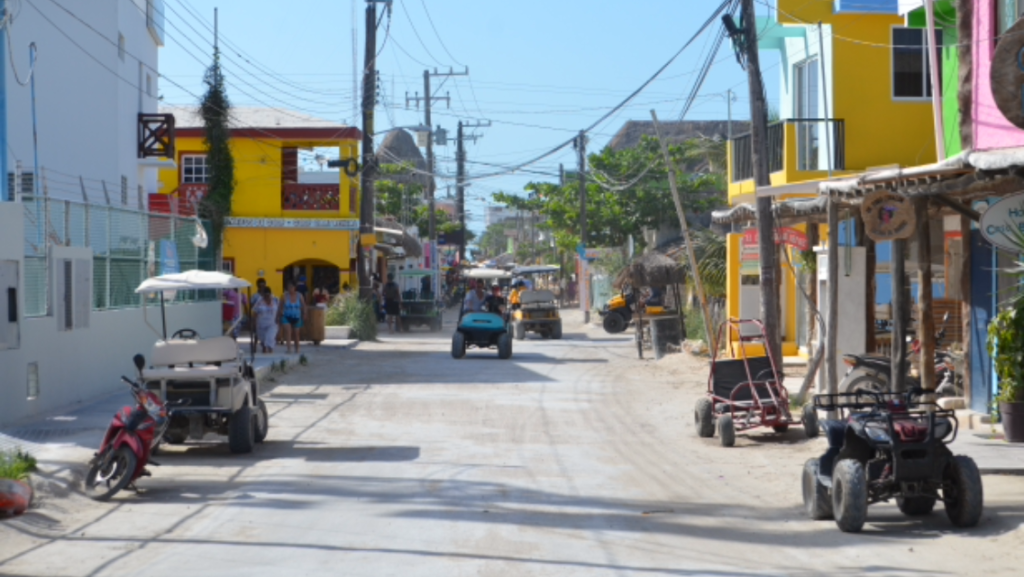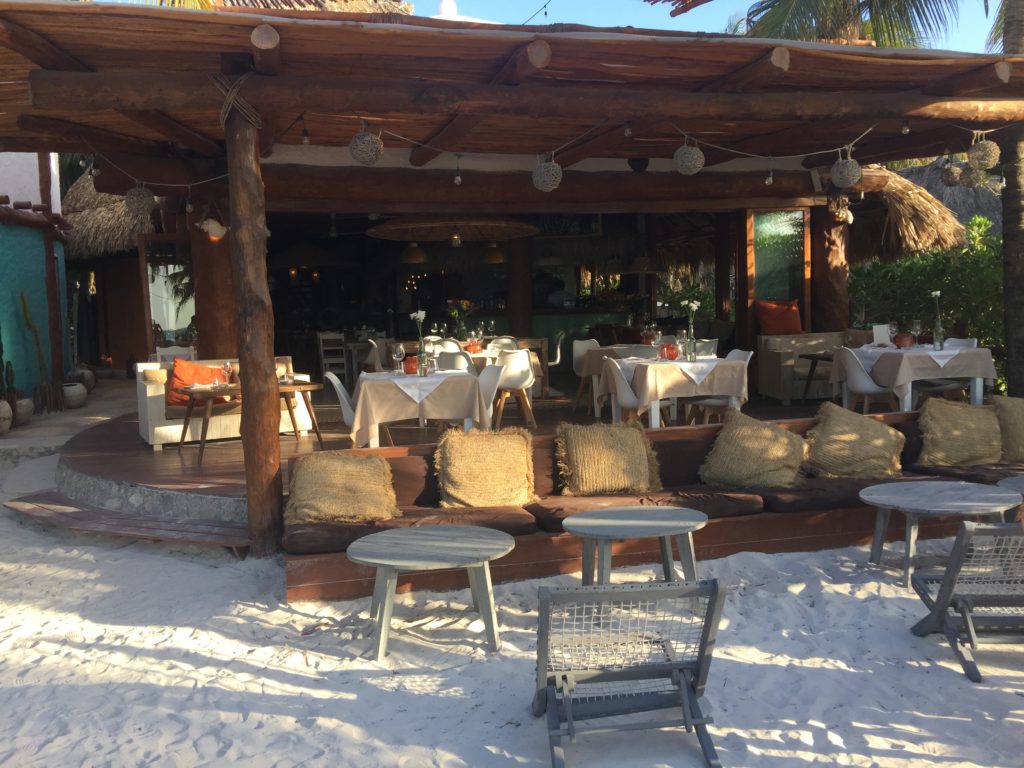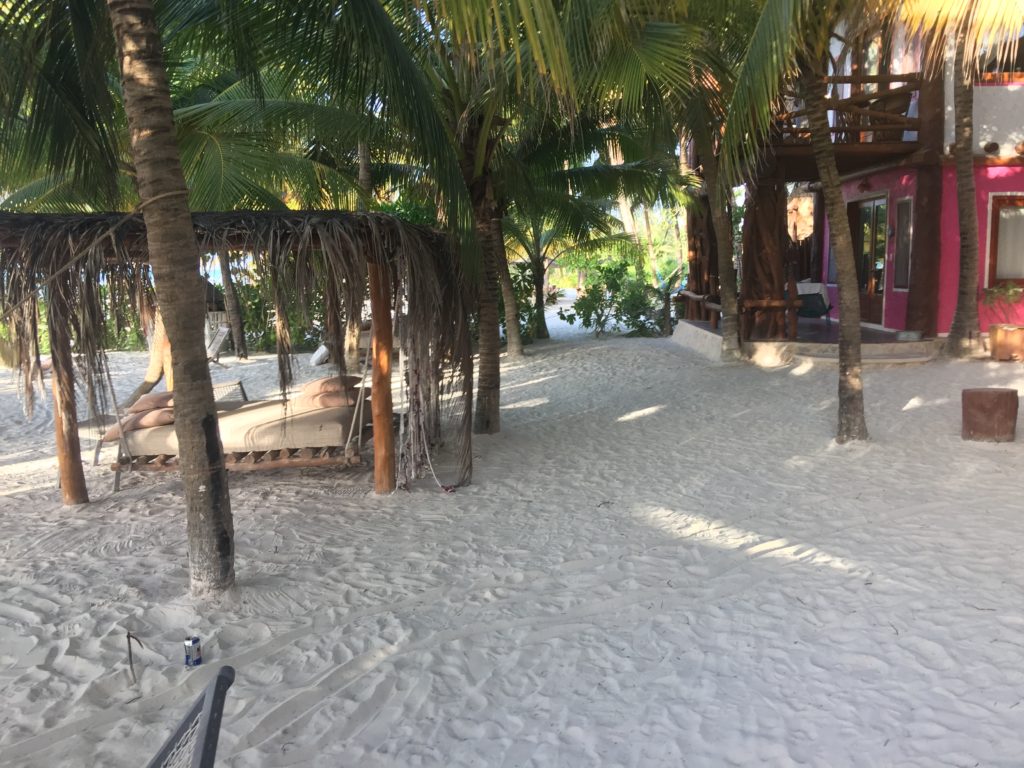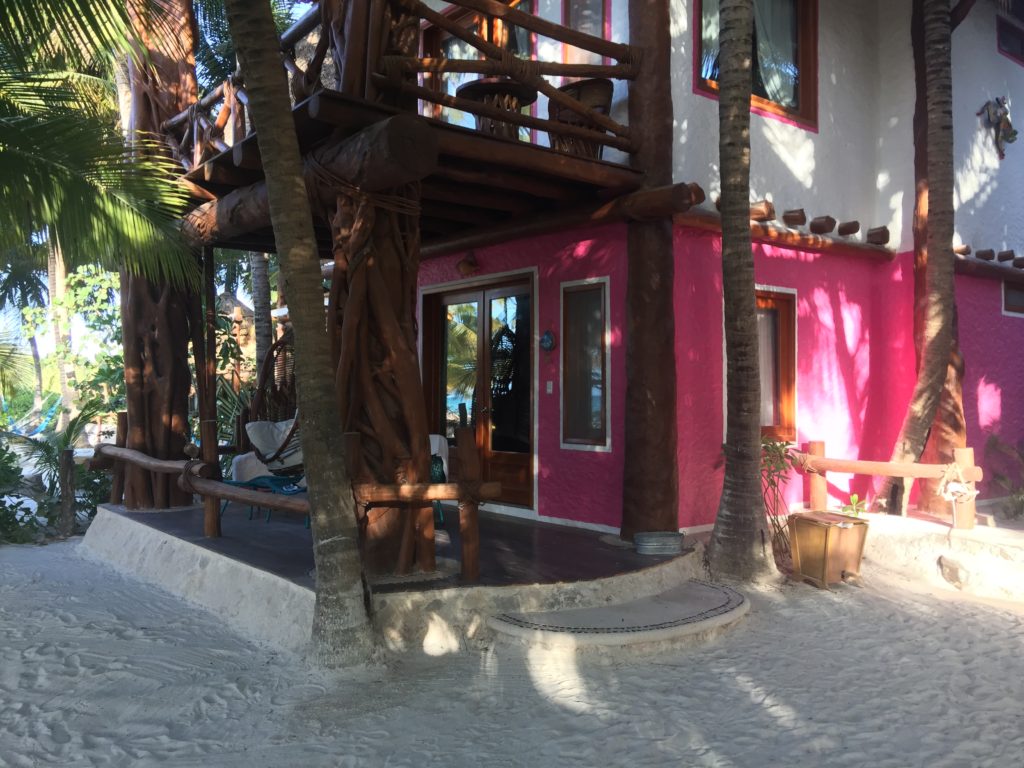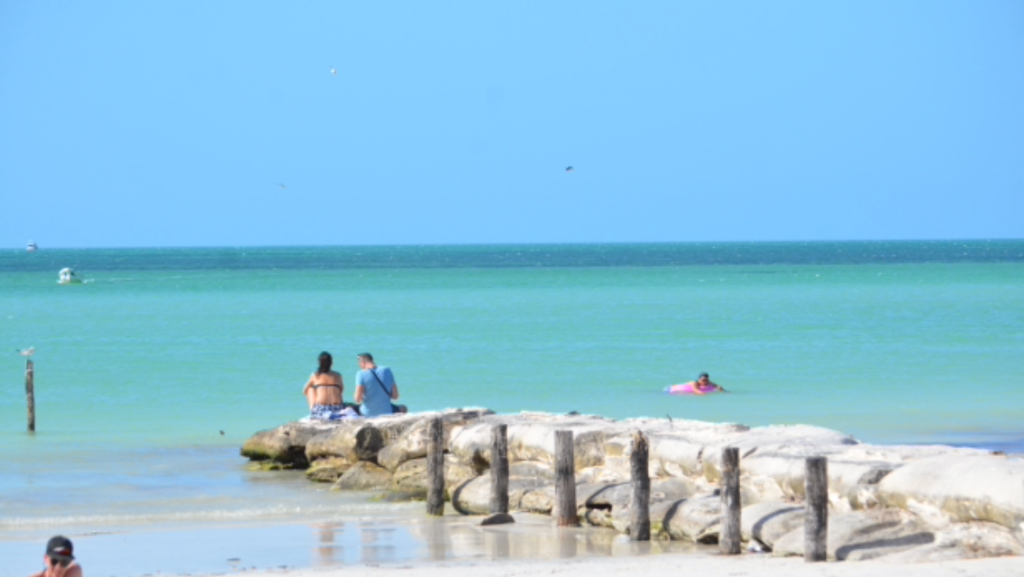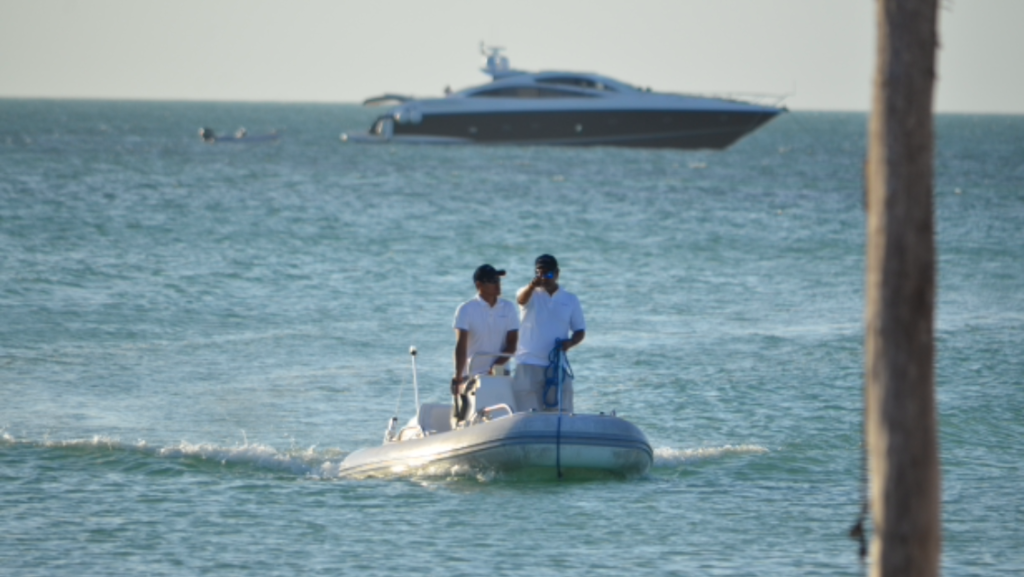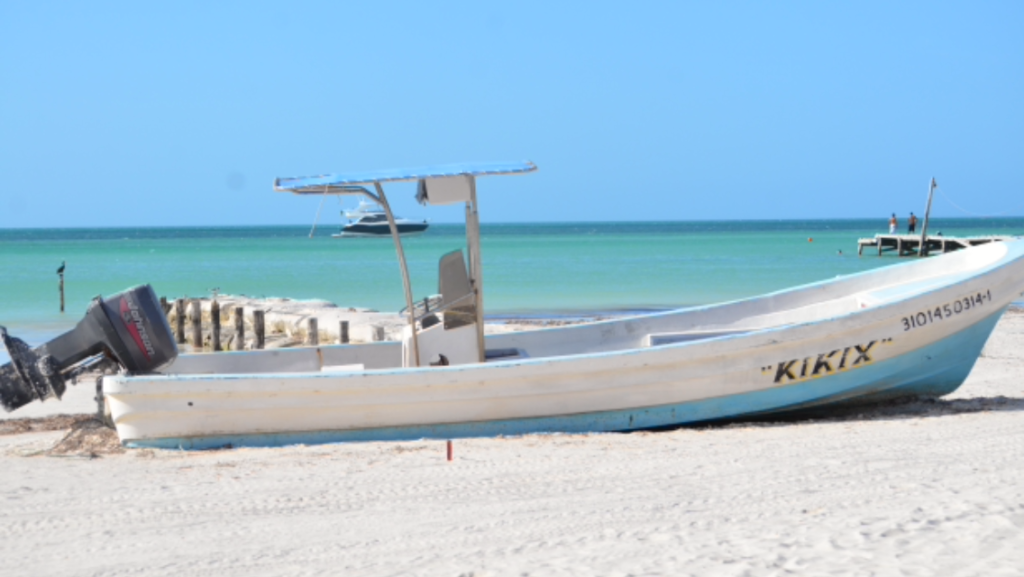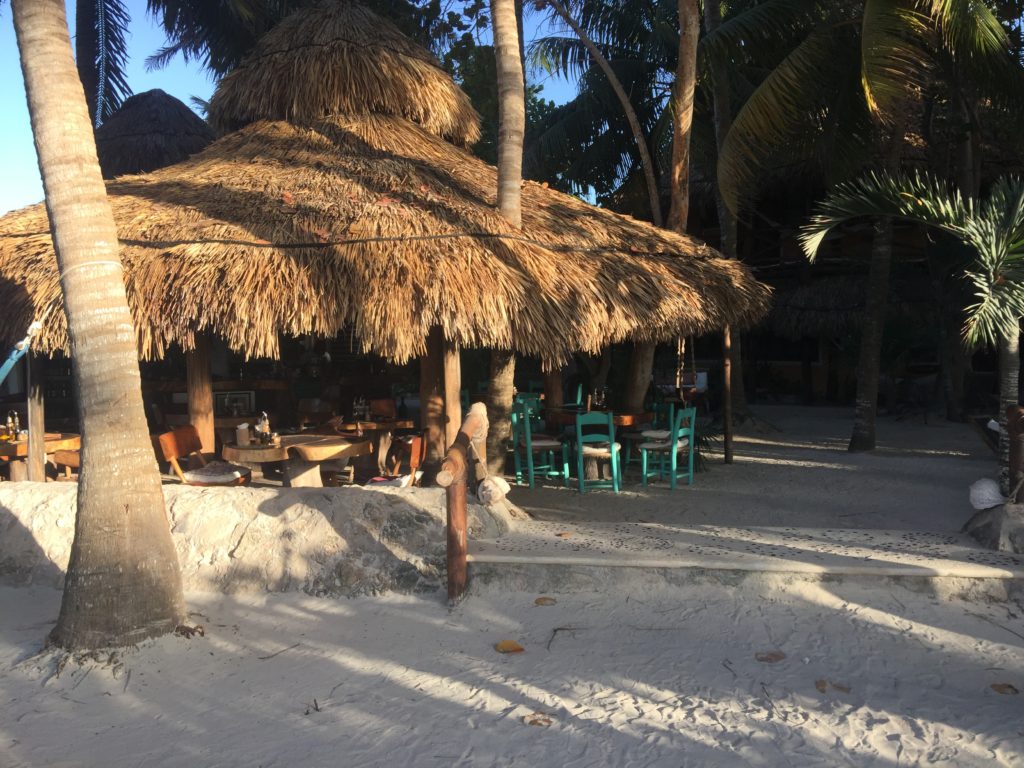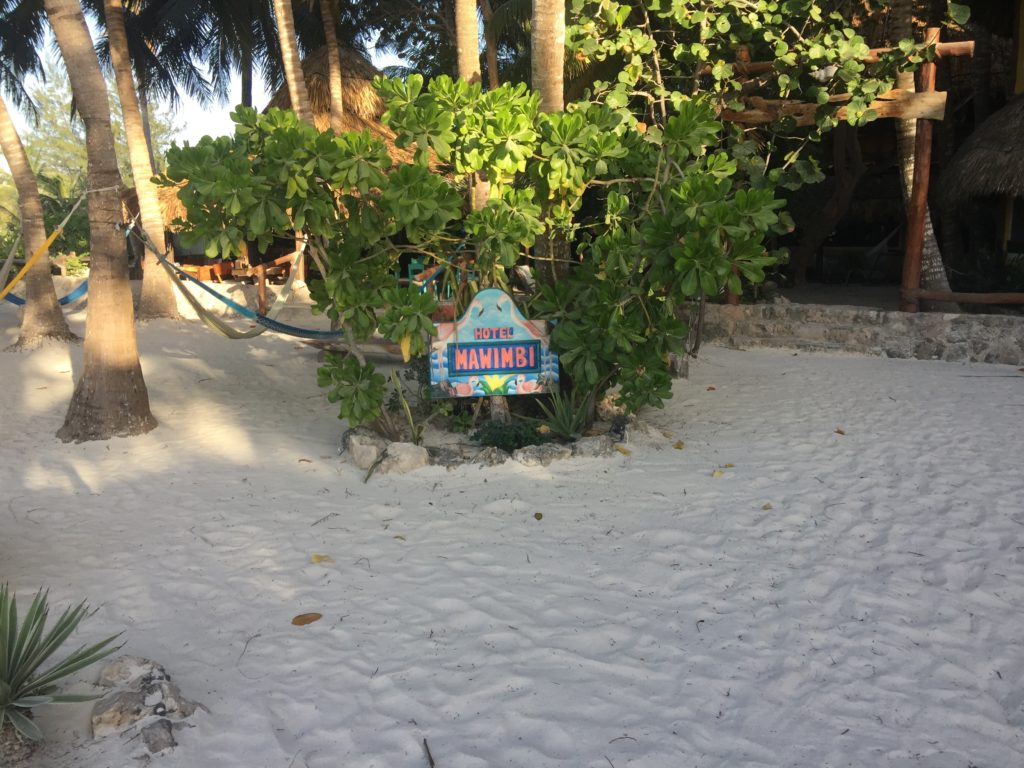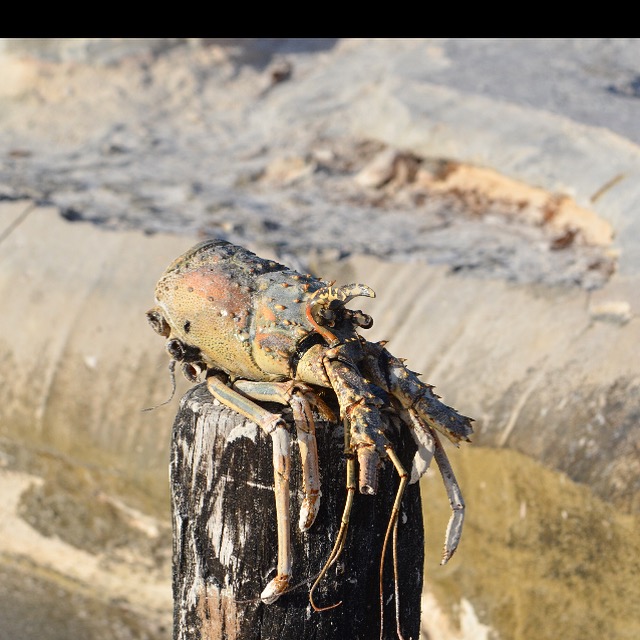Which ruin to visit and why
Tulum, Coba and Chitzen Itza are three different spots with famous ruins of the Mayan Culture. Having been to all three, I’m using this blog to point out the differences between the areas, with a specific focus on ease of the journey, what you can expect to see, and if the experience will be worth your time, particularly if you have a family. Because you have the jungle (Chitzen Itza) and the beach (Tulum) with Coba right in the middle, you have variety!
The highlights
Chitzen Itza is approximately three hours outside Cancun, a mostly straight drive which allows you to speed right along. The best time to go is either before the buses head out of town (roughly nine-am) or in the early afternoon, which guarantees you’ll miss the crowds. It’s uber hot and muggy in the jungle of Chitzen Itza, with zero breeze. The area is expansive with incredible structures and lots of history, but after an hour, my girls were ready to go. The colosseum-size area where gladiators fought to the death (and if you remained alive but lost, you were beheaded anyway), weren’t enough to keep their attention. Most importantly, four years ago, the government closed off the pyramids; no longer is one allowed to climb the famous structures. The first year, we’d scheduled the trip to see Rio Secreto and climb the pyramids, but only got one out of the two done. Still, the history and area is a must-see if you are in the Cancun area.
Taken at three different locations around the city: the upper left is in the marketplace, the columns are a part of the 1,000 that were created, and the bottom visual represent enemies that were killed by the Mayans.
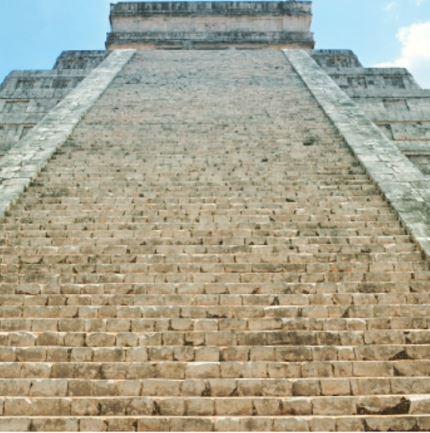
Since the government restricted climbing the pyramids, this is the next best thing. A view showing the incredibly steep climb.
Coba
Coba is the last pyramid in the Yucatan visitors can climb. It’s about two hours outside Cancun, offers great parking, and perhaps because it’s much smaller in terms of actual area covered, it’s about a 10th as crowded. We arrived late in the day, around 2 p.m., not realizing the entrance closed at 4 p.m. We paid the modest amount (about $7 US) and walked he 1.5 miles through the forest to the pyramid. Note that I call it a forest vs a jungle of Chitzen Itza. That’s because the jungle is hot, moist and dense, whereas in the area of Coba, the trees are sparse, the wood and type totally different and the air less humid. I pretty much suffered from heat stroke in Chitzen Itza, because I hadn’t eaten what I should have, nor did I drink as much water. At Coba, it was like being in Idaho, dry and arid. If you don’t want to walk, you can either rent a bike, or be transported (by bike) to the pyramid. The climb is a @400 steps up, and the view can’t be beat. It’s incredibly steep, with a rope to aid climbers—but the climb up isn’t that hard. It’s the way down that’s spooky. Be prepared—some of the steps are worn and slippery.
The drive to Coba was our favorite of the three. Long stretches of pavement with interesting sites along the way.
Yep, it’s as steep as it looks. You can tell the difference in building styles and structure from Chitzen Itza.
Tulum
Situated on the gold coast, the ruins of Tulum appear on about every photographer or traveler’s web site, so we were uber excited to go. Well….I just want to say this: the buildings are short and modest if you compare it to Chitzen Itza. That’s not to say the history isn’t fascinating, which it is, or that the architecture isn’t worthwhile! But for children 9 and 13, after seeing CI and Coba, Tulum was a total and complete let down (for them). As an adult, I found the historical tour fascinating, marveling at the engineering prowess of the Mayan’s, their ability to identify time, the setting and rising sun, building their structures to capture the exact time and place of both for specific rituals. All this was lost on our girls. However, the private beach which is open to the public did get their attention, so note to the visitors. You can swim in the area, but the park doesn’t offer showers or changing facilities, so if you go in the water, you’ll be sticky on the way back.

About the only picture I salvaged from Tulum!
Out of the three, what do I recommend to you, the person who may have only one day to travel?
Well, I must say you have to do all three, but the order is fully dependent on your personal preference. If you want to climb the only pyramid in North America which is available (outside Belize, which was seven hours away from Cancun, and that was just too far), then you MUST to Coba. Here’s the good news: it will take you less than four hours to drive, climb and leave, and there’s really nothing else for you to see down there. With that in mind, you can hit Tulum on the way back, and then you have hit both in one shot!
If Chitzen Itza is on your bucket list, then by all means, go the other direction. Sadly, my entire folder of shots got wiped out due to my lack of backup skills, so I can only offer a few I’d sent to my Instagram account.
From the edge of the top, looking down. Definitely think twice if you are afraid of heights. We observed grown men having serious issues going down.
Safety and security
We’ve found that most of the tourists we run into are afraid to drive a car or get on a bus to most of these locations. I’ll admit my personal utility for hopping a bus is low—it extends the drive time immensely! But if you have a rental car, which we always get, we’ve never felt unsafe driving in and around Cancun. Local patrols are everywhere in the city, and once outside the limits, it’s mostly farmland, cattle, cenotes and little towns.

